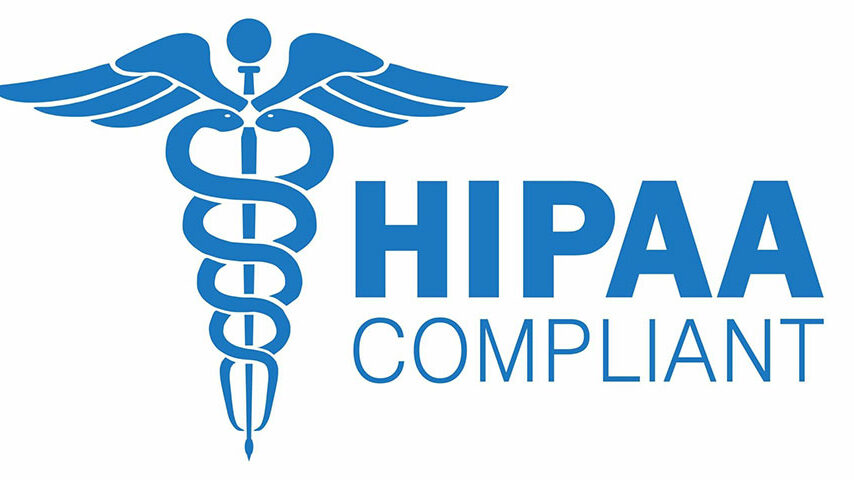The HIPAA Compliance Checklist is a significant resource that entities and business associates utilize to guide them toward compliance with the appropriate PHI and ePHI policies and practices. It also aids in the implementation of improved preventive measures and the closing of operational gaps inside the institution.
The checklist below contains five fundamental guidelines that you can consult and include in your everyday operations to achieve HIPAA compliance, with the extra consideration of acquiring a HIPAA certification:
1. Clarity regarding HIPAA regulations
The first step in becoming a HIPAA-compliant entity is to understand the following rules:
- Privacy & Security Rule
- Breach Notification Rule
The Privacy & Security Rule establishes standards and criteria for managing PHI and electronic PHI, with the goal of promoting improved health information systems.
The Department of Health and Human Services outlines a thorough method that an entity must follow in the event of an unsecured health information breach.
You will have an easier time following and adopting HIPAA standards into your day-to-day actions if you are well-versed in them, their need, and their usefulness.
2. Recognize your role
As previously stated, HIPAA establishes various regulations for the protection of healthcare data, however, the rules differ for covered companies and business partners. As a result, knowing where and how you fit in is critical.
Health plans, healthcare providers, and healthcare clearing houses are examples of covered entities that manage PHI data for their clients or patients. Business associates, on the other hand, are entities that provide services to covered entities and have access to e-PHI.
Covered entities and business associates are subject to the same security and breach notification rules. However, Privacy Rules and Administrative Requirements take into account the services provided by business associates as well as the terms of the Business Associate Agreement (BAA).
3. Determine sensitive data
Every day, any organization receives a vast amount of data. However, only a small portion necessitates security precautions.
Protected health information, as defined by HIPAA, is individually identifiable information about a customer’s or patient’s past, present, and future mental and physical health or payment transactions.
PHI includes social security numbers, contact information, fingerprints, and other sensitive information. It is critical to identify the information your company handles and the regions where protected information is available. This might assist you in aligning procedures when managing data and enabling proper security features such as passwords or encryptions.
4. Prevent data breaches
An entity can violate HIPAA in a variety of ways, from failing to conduct a risk analysis to improperly disposing of PHI. Even if it is inadvertent, it may result in an investigation and a heavy fine. As a result, the company should be prepared for any possible system breach.
This can be accomplished by doing a risk analysis on a regular basis utilizing the OCR’s Security Risk Assessment Tool, which adheres to all HIPAA standards. It can aid in the discovery of gaps in updated regulations and faults in outdated software.
5. Assign roles and tasks
For a system to function properly, everyone engaged must understand their role in the process. Inform your employees of their HIPAA compliance duties and the practices they must follow in all of their activities.
Assign responsibility and accountability to teams responsible for HIPAA compliance monitoring, auditing, and training. Assigning responsibilities will assist each team in keeping each other in check and avoiding potential violations.








